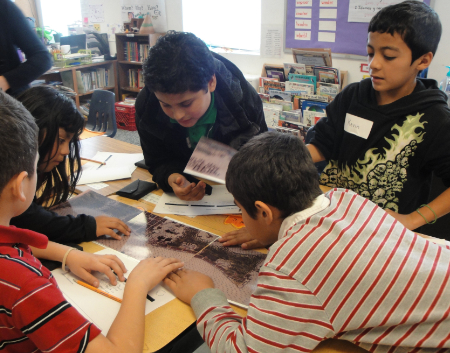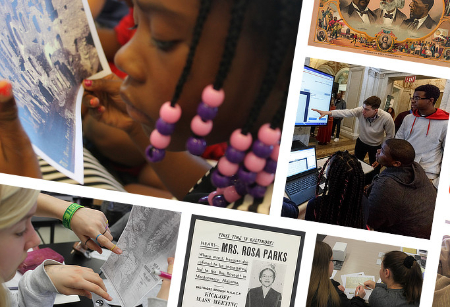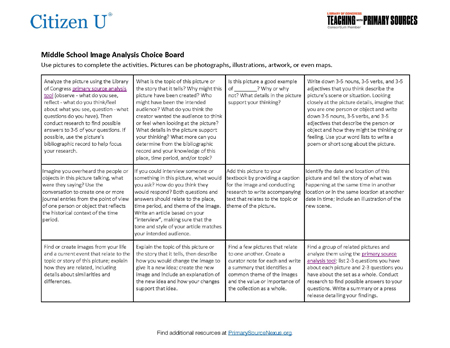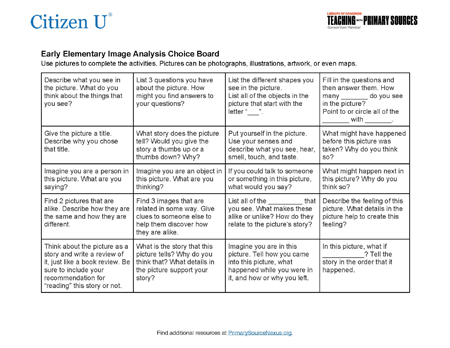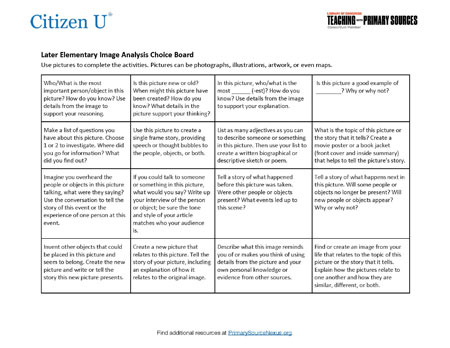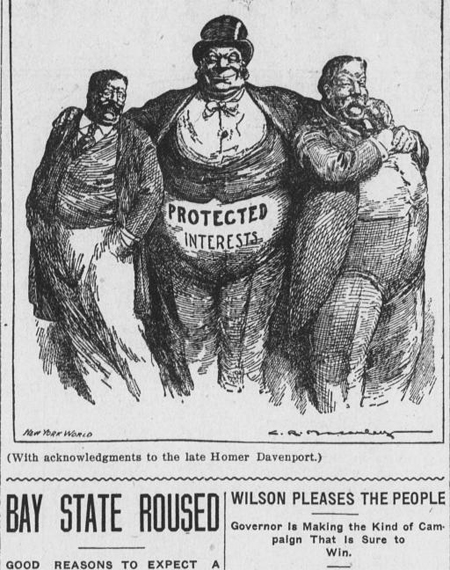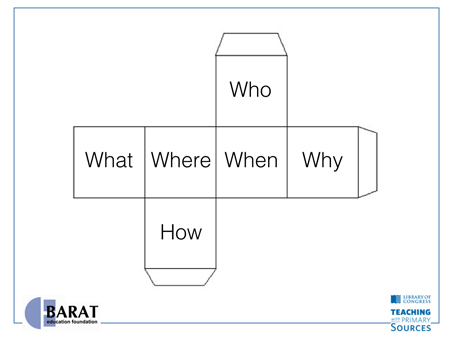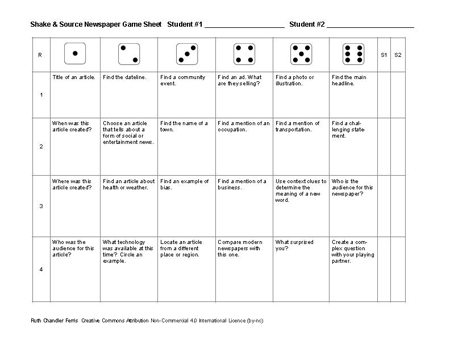Analyzing Primary Sources: Strategies & Activities
When first starting out teaching with primary sources, we recommend trying out the Library of Congress Primary Source Analysis Tool (see Analyzing Primary Sources: Tools & Guides). Below, we have compiled a rich list of primary source analysis strategies and activities developed by the Library, TPS Consortium partners, and teacher pros in the field. Library…

